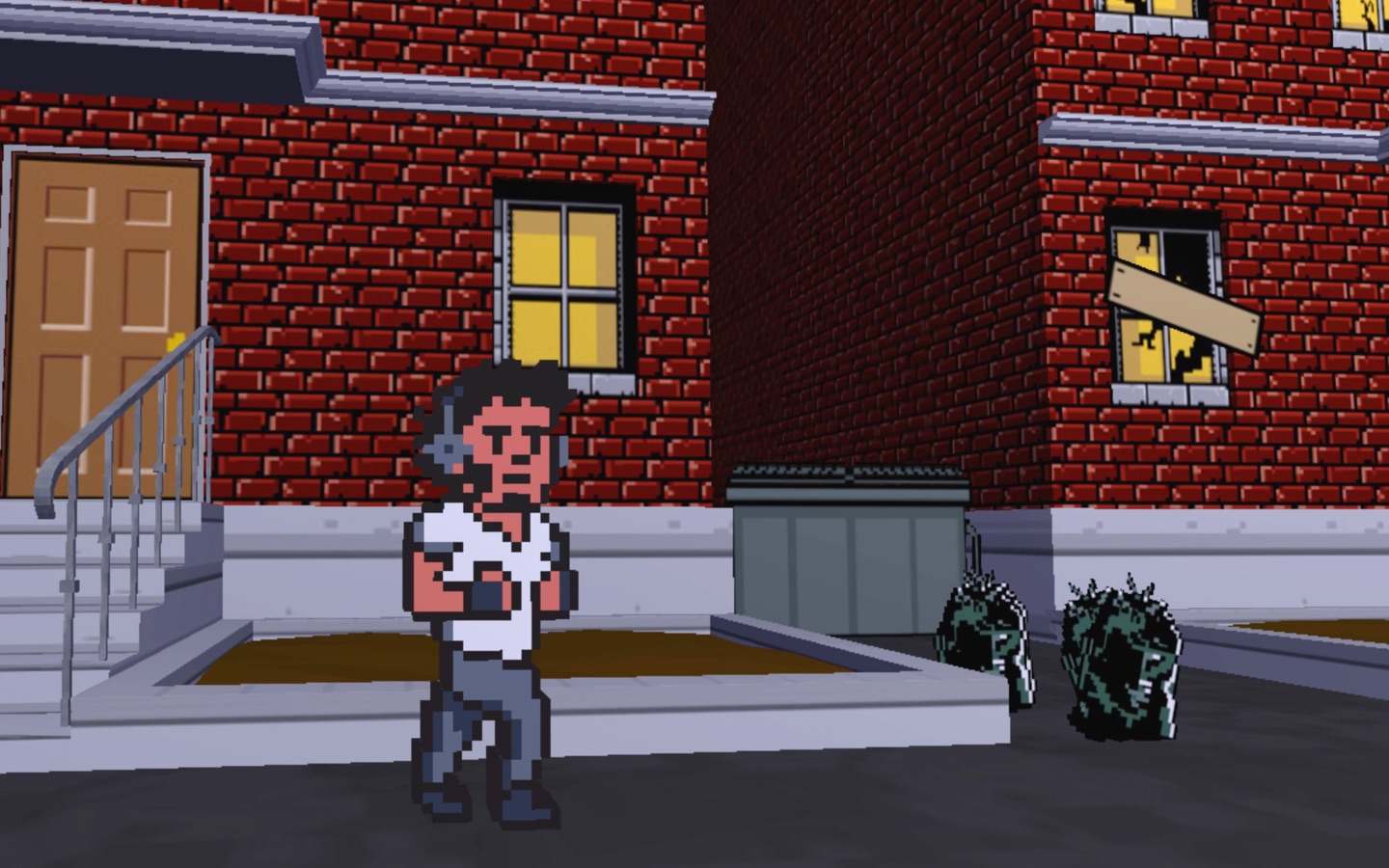
No Comply
#audio, Waterloo/Toronto, 2010-2011
Mozilla's WebGL demo for the launch of Firefox 4
Role: Contributor, 3D Spatial Partitioning and Game Mechanics
By late in 2010, people all over the world were preparing for Firefox 4’s release, and recent contributions from several specialized working groups had made two very important things possible to accomplish within the browser, in native JavaScript: audio analysis and 3D graphics.
After the warm reception of the Flight of the Navigator, the “#audio hacking team” was approached to begin work on a follow-up project featuring the Glitch Hop & Dubstep artist Kraddy. The team saw this as an opportunity to improve on the tools they had already developed, including the CubicVR.js 3D JavaScript engine (the first of its kind) and beat detection libraries, dsp.js signal processing library, Sprite Viking, and the processingjs.org library being maintained by a community of open source developers. Soon, the geographically distributed team was capable of rendering large, complex environments in real-time using spatial partitioning (an octree) and many of the advanced features being offered by Firefox’s new JavaScript engine.
The result was #audio’s NoComply demo, Firefox 4’s debut WebGL showcase. While many of the web-standards used to build the project have already been obsolesced, it is sporadically maintained and still runs (mostly) in a modern browser. A recorded version can be watched, capturing some of the Firefox 4 legacy, or it can be run directly in a browser. And, of course, the code is available on github.
mozilla firefox 3D webgl audio